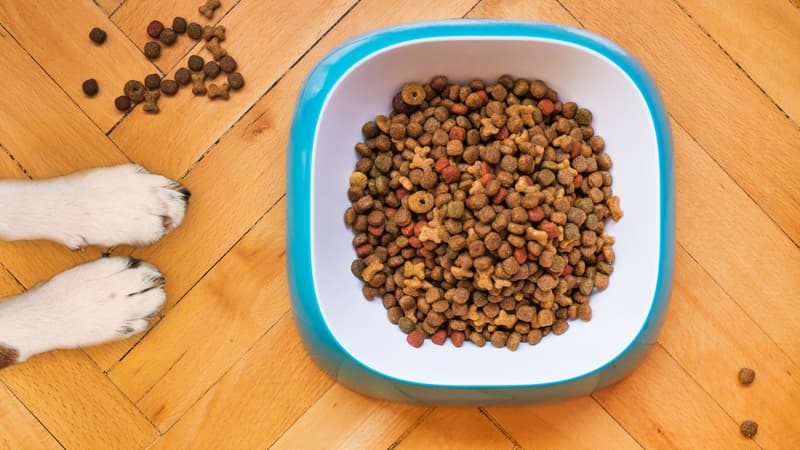The croquette shelves are almost empty. For the past few weeks, supermarkets and pet stores have been scrambling to get supplies from manufacturers of kibble and other pâtés. If the inflation rate for these products was already high, the breakage rate is too.
According to the specialized institute IRI, it would be around 10%, 2.3 points more in one year. And in dry cat food, shortages rose to 10.2%, 4.2 points more in one year, making it the product most affected by shortages. Almost double the eggs, butter and milk, which however have been conspicuous by their absence on the shelves in recent months.
multiple reasons
The reasons seem to be multiple and, above all, no one has the same ones. The Purina France brand invokes the global economic context that continues to “face an unprecedented combination of events resulting in an exceptional increase in production costs.”
The increase in demand, since the Covid-19 crisis, is also in question. In fact, the successive lockdowns have pushed many homes to adopt a four-legged companion. Between 2020 and 2021, the I-CAD* recorded a 7% increase in dog identifications and a 12% increase in cats. Purina France would then be unable to “absorb this demand”. In question? “The economic situation that has slowed down investment projects.”
Swine fever and bird flu in question
However, according to Rodolphe Bonnasse, president of the Aristide group and a specialist in mass distribution, the reason for these shortcomings lies elsewhere. “There is a break in the production chain,” he explains. The swine fever and the avian flu, which affected the producers, caused “lack of raw material”.
And in this context, “producers have favored the outlets of meat for human consumption over animal consumption.” If the situation doesn’t seem poised to improve, manufacturers would still be looking for “new ways” to overcome the problem.
The ruptures and rises in prices will mean, therefore, a new stab in the family budget, already well under way due to the unprecedented inflation that animal feed is experiencing. According to Rodolphe Bonnasse, the increase is an additional “140 euros per year” on average compared to 2020, for the owner of a dog or a cat.
*Source: I-CAD national file. Only the first identification of the animal, whether carried out by microchip or by tattoo, in 2021 is considered as the calculation basis, in the information provided..
Source: BFM TV


